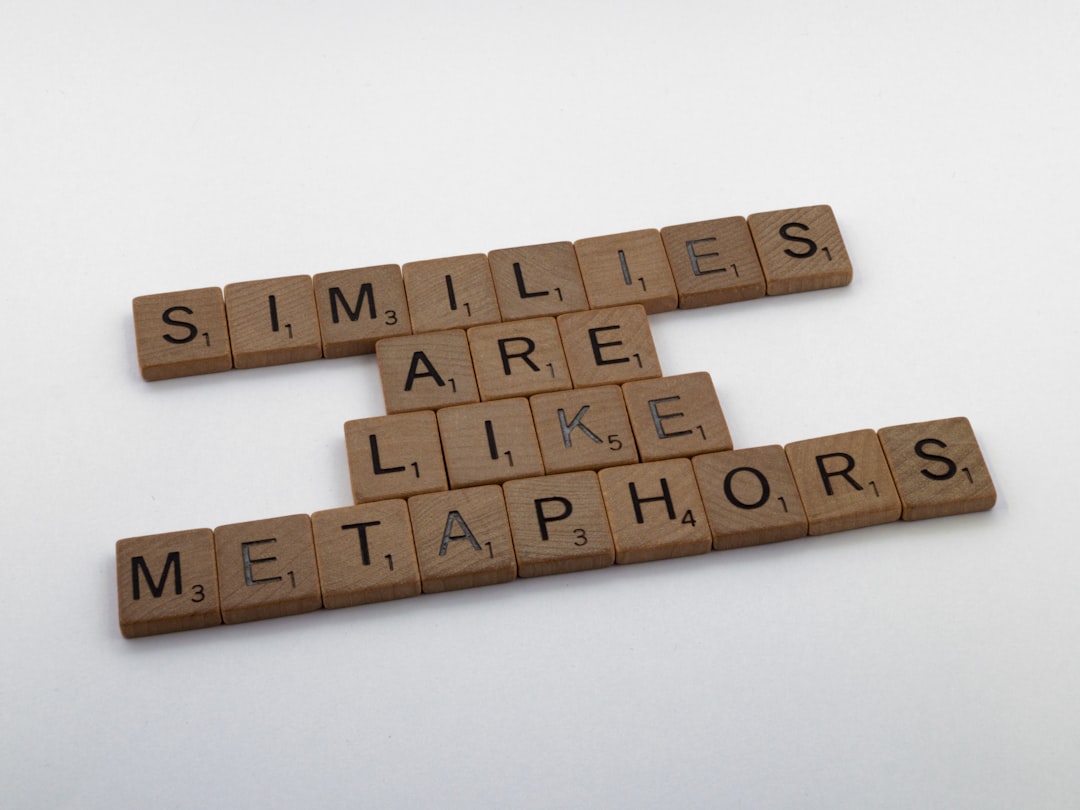What is it about?
This essay explores the intertextual use of Hamlet in Sydney Owenson’s The Wild Irish Girl and Germaine de Staël’s Corinne in order to shed new light on the writers’ interventions in European Romantic politics. Both Staël and Oweson associate their male protagonists with the figure of Hamlet, at a time when Shakespeare’s Danish prince was being reinvented as an embodiment of Romantic Weltschmerz and as a symbol for the powerless, isolated intellectual. Instead of contributing to the Romantic cult of a melancholy Hamlet, Owenson and Staël both confront their Hamlet-like protagonists with the influence of empowered Ophelias who illustrate a less solipsistic version of melancholy. Owenson and Staël thus criticize the inertia that had gripped their male counterparts in the years that followed the French Revolution. Staël’s novel ultimately follows a tragic pattern, while Owenson gestures towards the possibility of a comic ending. But beyond the different levels of optimism implied by those endings, Owenson and Staël deliver a similar message to the Romantic intellectual – one that most Romantics ignored in their persistent cultivation of Hamletic attitudes in the 19th century.
Featured Image
Why is it important?
Offers new perspectives on the influence of Shakespeare on European Romantic writing, and nuances the view that Romantic writers identified with a melancholy Hamlet.
Read the Original
This page is a summary of: The Critique of Hamletism in The Wild Irish Girl and Corinne, Modern Language Quarterly, January 2011, Duke University Press,
DOI: 10.1215/00267929-1161336.
You can read the full text:
Resources
Contributors
The following have contributed to this page










